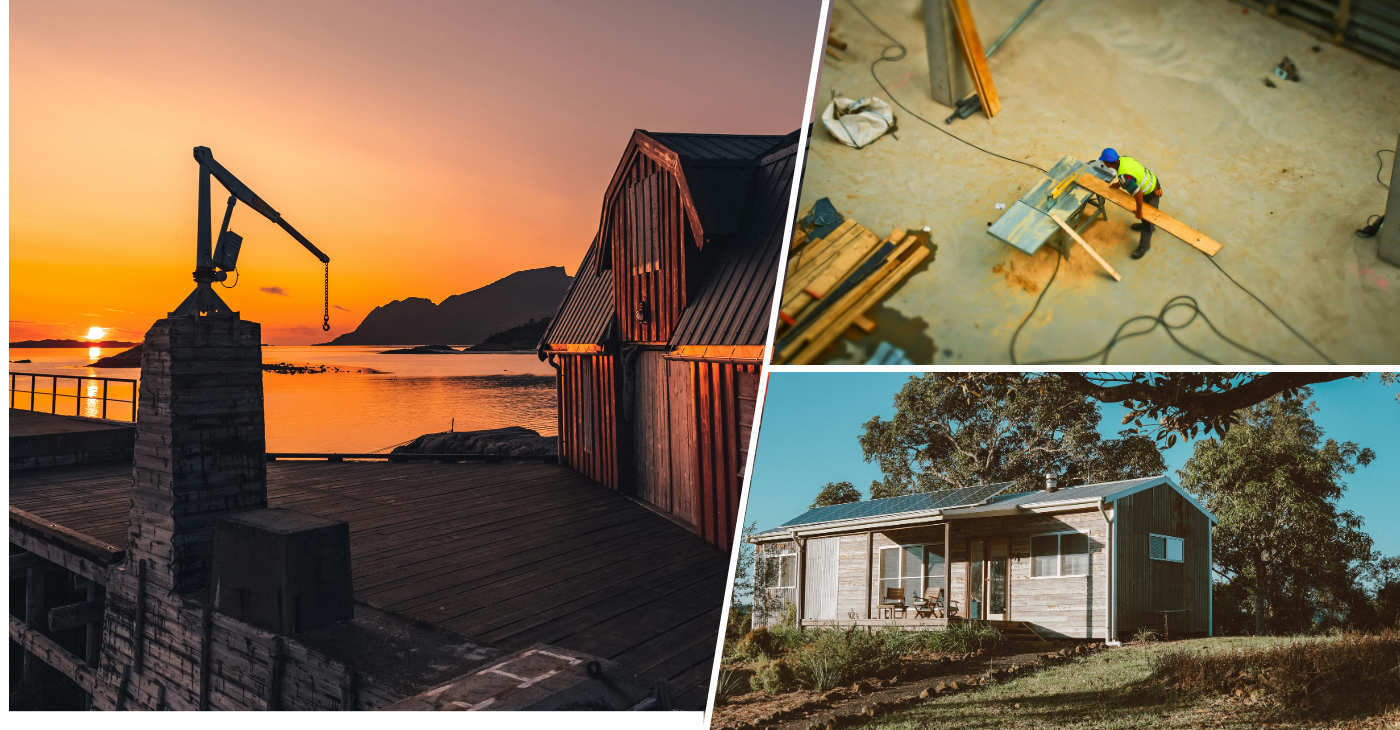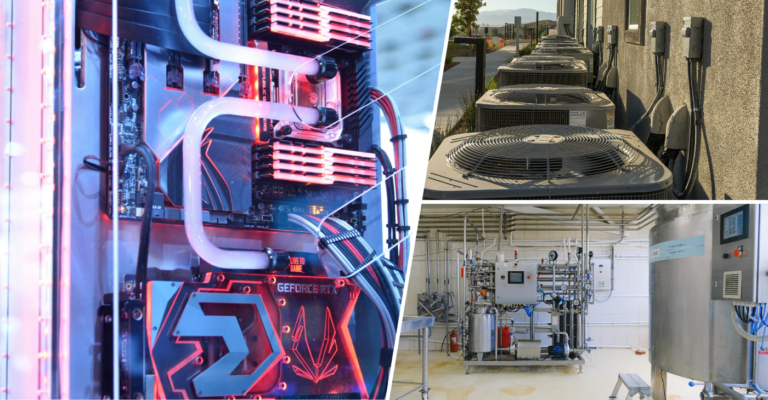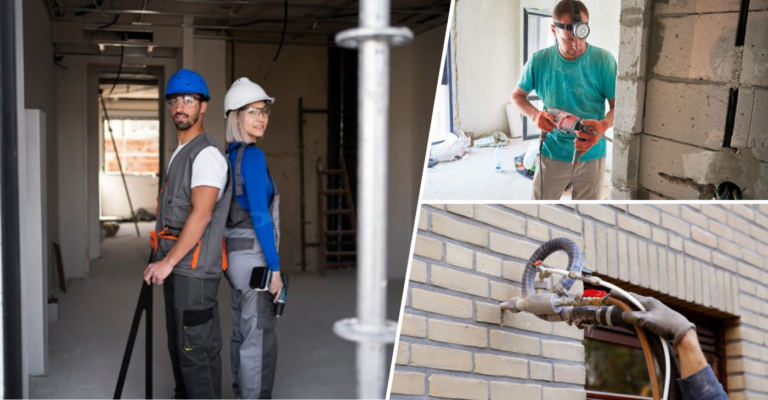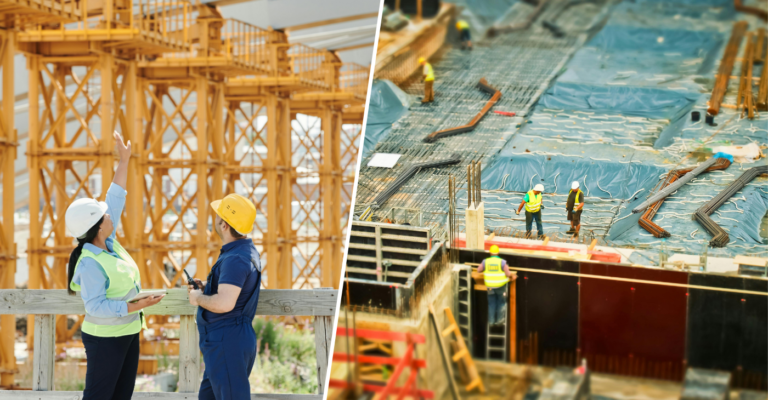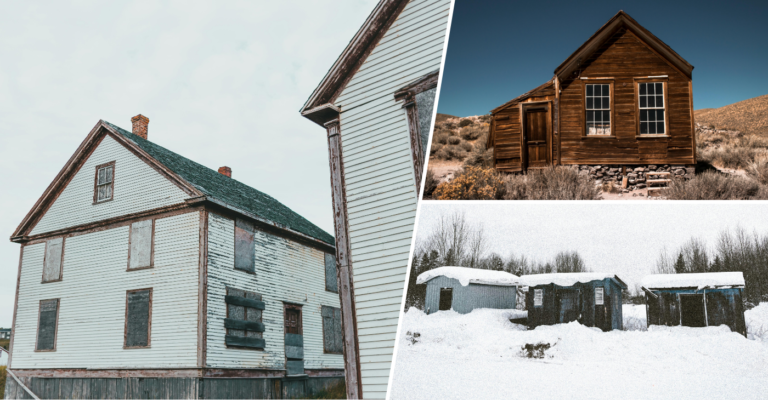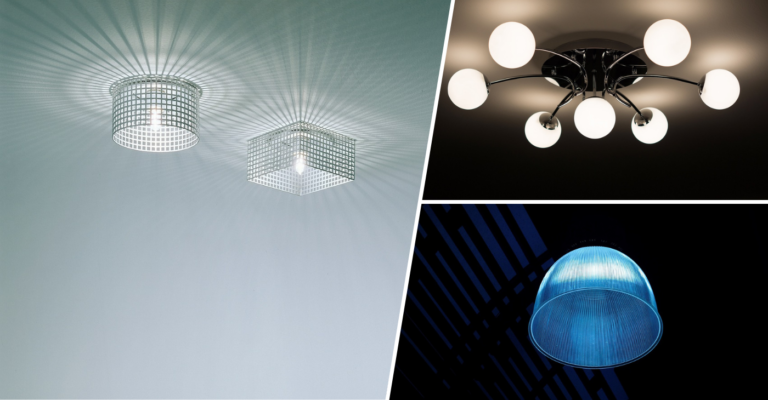Guide: Why you should upgrade to timber cladding
Timber cladding is a highly effective upgrade for any building project. It enhances both the aesthetics and the functionality of the structure. Its natural look brings warmth and character, making it an attractive choice for both residential and commercial designs. Beyond looks, cladding provides significant insulation and weather protection, improving the building’s overall energy efficiency. It is also an eco-friendly material, sourced from sustainable forests, which makes it ideal for modern, environmentally-conscious construction projects.
What is timber cladding?
Timber cladding refers to the application of timber boards on the exterior of a building. It is providing both a protective layer and a visually striking finish. It serves as an effective rainscreen system, allowing moisture to escape from behind the cladding while preventing water from penetrating into the structure. External timber cladding can be made from both softwood and hardwood, with species like Western Red Cedar and Siberian Larch commonly used due to their natural durability. It’s not just an aesthetic feature, external timber cladding contributes to the overall performance of the building envelope, providing a sustainable and functional solution in modern construction.
How does it improve aesthetic appeal?
Timber cladding adds natural beauty, warmth, and character to any building. Its grains, textures, and tones provide a variety of visual effects. You can tailor these to suit specific design needs. Timber is often used in biophilic designs, enhancing the connection between the built environment and nature. Various installation patterns, including shiplap and board-and-batten, create distinctive styles that suit both contemporary and traditional architecture. Additionally, timber can be treated to achieve different finishes, from natural weathering to modern, sleek appearances with oils or stains, allowing for incredible versatility.
Durability benefits of timber cladding
Timber cladding is strong and durable, especially when treated and maintained properly. Its longevity makes it a reliable choice for construction. Here are the main benefits:
Naturally durable timber species – Timber cladding, especially from species like Accoya or Canadian Western Red Cedar, is naturally resistant to rot and decay. These species last long, even without heavy treatment.
Extended lifespan with treatment – Treating timber with pressure treatments or protective coatings increases its lifespan. These treatments help shield the wood from harsh environmental conditions like moisture and UV rays.
Resistance to moisture and insects – In areas prone to moisture or insects, external timber cladding with proper treatments resists decay and infestation. This makes it ideal for challenging climates.
Withstands harsh weather – It can endure coastal or humid environments. Installing ventilated cladding systems allows air to circulate, reducing moisture buildup and extending its durability.
Flexibility and impact resistance – It is flexible and absorbs minor impacts without cracking, unlike materials like brick or vinyl. This adds to its long-term durability and reliability.

Is it an eco-friendly option?
As a construction material, timber cladding is one of the most sustainable options available. Timber is a renewable resource that sequesters carbon during its growth, contributing to a reduction in overall greenhouse gas emissions. Choosing FSC-certified or PEFC-certified timber ensures that the wood is sourced from sustainably managed forests, supporting responsible forestry practices. Compared to materials like steel or concrete, timber has a significantly lower embodied energy, meaning it requires less energy to produce and transport. This makes it an excellent choice for projects aiming to meet green building certifications such as LEED or BREEAM.
How does it improve home insulation?
One of the key benefits of exterior timber cladding is its natural insulating properties. Timber’s cellular structure creates air pockets that act as barriers to heat transfer, making it an effective thermal insulator. When integrated with an insulated rainscreen cladding system, timber further enhances energy efficiency, reducing the reliance on heating and cooling systems. The use of additional cavity wall insulation behind the timber cladding improves the thermal performance of the building envelope. It helps to meet stringent energy efficiency standards. This results in lower energy bills, which is particularly beneficial in both residential and commercial applications where long-term operational costs are a priority.
What maintenance is required for timber cladding?
Maintenance is a critical aspect of external and interior timber cladding to ensure its longevity and appearance. Regular maintenance typically involves cleaning and reapplying protective coatings such as oils, stains, or sealants every 3–5 years, depending on the timber species and exposure to environmental conditions. Some homeowners prefer the weathered look of timber, which naturally turns silver-grey over time, while others maintain its original color through treatment. You should perform preventative maintenance to stop moisture from getting trapped behind the cladding. This includes sealing joints and ensuring proper drainage. In humid or rainy areas, inspect the cladding more frequently. Regular maintenance helps avoid problems like fungal growth or warping.
Is it cost-effective in the long run?
Though external timber cladding may have a higher initial cost compared to alternatives like vinyl or aluminum, its long-term benefits make it a cost-effective choice. The durability of timber, particularly when treated and maintained, ensures it outlasts many synthetic materials. Additionally, timber’s ability to improve thermal performance results in lower energy consumption for heating and cooling, saving money on utility bills. Exterior timber cladding also has a lower environmental impact, reducing waste and offering the potential for recycling or repurposing at the end of its lifecycle, further contributing to its cost-effectiveness.
Key cost considerations for timber cladding projects
When considering the cost of timber cladding, several key factors come into play.
Material Costs – Timber cladding prices vary depending on the type of wood. Softwoods like pine are affordable, while hardwoods such as oak or cedar, and modified timbers, are more expensive but longer-lasting.
Labour costs – Installation can cost between £150-£200 per day for the installer, with extra workers adding to the overall cost. More complex designs, such as vertical or diagonal cladding, may increase the installation time and expenses.
Maintenance costs – Timber requires regular maintenance, such as staining or painting, especially for softwoods. Investing in treated or thermally modified wood reduces maintenance costs over time.
Long-term value – Although initially costly, timber cladding provides long-term benefits like improved energy efficiency and enhanced property value, making it cost-effective in the long run.

How does it enhance property value?
Timber cladding enhances curb appeal, adding a unique and high-end aesthetic that can increase the marketability and value of a property. Prospective buyers are often drawn to properties with timber exteriors because of their natural beauty and eco-friendly appeal. Exterior timber cladding is especially appealing in regions where sustainability is a priority, as it aligns with the growing demand for energy-efficient and environmentally conscious homes. The addition of external timber cladding can also signal a well-insulated, low-maintenance building, factors that are increasingly important in modern real estate markets.
What are the available design options for timber cladding?
It offers a wide range of design possibilities due to the availability of different species, profiles, and finishes. Popular profiles include tongue-and-groove, shiplap, and board-and-batten, each offering a distinct visual effect. Timber can be installed in horizontal, vertical, or diagonal orientations, depending on the architectural style or design goals. Custom finishes, such as charred timber (using the traditional Shou Sugi Ban technique), provide a dramatic, modern look while improving fire resistance and durability. The ability to paint, stain, or leave the timber untreated for natural weathering further adds to the flexibility in design.
Can timber cladding withstand harsh weather conditions?
It is highly durable and can be adapted to various climates. It provides the right species and treatments are used. For coastal or high-rainfall areas, naturally durable timbers like Siberian Larch or Thermowood offer excellent resistance to moisture and rot. Roof cladding systems are often installed with a ventilated air gap, which promotes airflow and prevents moisture buildup behind the cladding, ensuring the building envelope remains dry. Additionally, applying fire-retardant treatments can enhance the fire resistance of exterior timber cladding, meeting local building regulations in fire-prone areas. Proper detailing, such as flashing around windows and doors, also ensures that it performs well under extreme weather conditions.
Why it is a sustainable choice for modern homes
Timber cladding is one of the most sustainable materials available in construction. Its renewable nature and ability to sequester carbon make it an eco-friendly option for modern homes. When you source timber from certified, sustainable forests, you ensure reforestation practices are followed. This helps reduce the impact on natural ecosystems. It also fits with the circular economy. You can repurpose or recycle it at the end of its life. When used in conjunction with energy-efficient building systems, timber cladding significantly reduces a building’s operational carbon footprint, making it a cornerstone of sustainable construction.
Final thoughts on upgrading to timber cladding
Upgrading to timber cladding offers numerous long-term benefits. It not only elevates the exterior appearance but also improves thermal performance, helping to lower energy costs. External timber cladding increases property value with its timeless appeal and durability. Moreover, it is a sustainable choice, aligning with the growing demand for eco-friendly building materials. Its versatility in design and ability to withstand different climates make it a wise investment for any construction project.

